Chulalongkorn's Elephant Statue
This statue was a gift to commemorate the Thai monarch's first visit to a foreign land.
Chulalongkorn, also known as King Rama V, of Siam was a modernizing monarch. As regent to the ailing King Mongkut, he embarked on a tour of British colonies in Asia from 1870 to 1872. To commemorate the first stop on his tour, Chulalongkorn brought a gift of an elephant statue that still stands today.
When the regent landed in Singapore in 1871, he was warmly received by the colonial administration. The statue he brought was erected in 1872 in front of the old Town Hall (now the Victoria Memorial Hall). The bronze elephant (symbolic of the Siamese monarchy) was placed on a white pedestal, with inscriptions on black marble slabs in Thai, English, Malay (in Jawi script), and Chinese proclaiming that “His Majesty Somdetch Paramindr Maha Chulalongkorn, the Supreme King of Siam, landed at Singapore, the first foreign land visited by a Siamese Monarch, on the 16th March, 1871.”
But Chulalongkorn’s connection with Singapore began before the tour. In 1862, Anna Leonowens was recommended by Tan Kim Ching, Kapitan China of Singapore, to the Siamese court. There, Leonowens tutored the young prince in mondern ideas before leaving the royal service in 1868. Her 1870 book The English Governess at the Siamese Court was the basis for the musical The King and I.
In 1919, on the event of the colony’s centenary, the statue was moved from its original position to a nearby spot in front of the then Supreme Court (later to be the first Parliament House and now the Arts House) to allow a statue of the colony’s founder Stamford Raffles to take up its previous, more prominent spot. The elephant statue remains in the same position today.

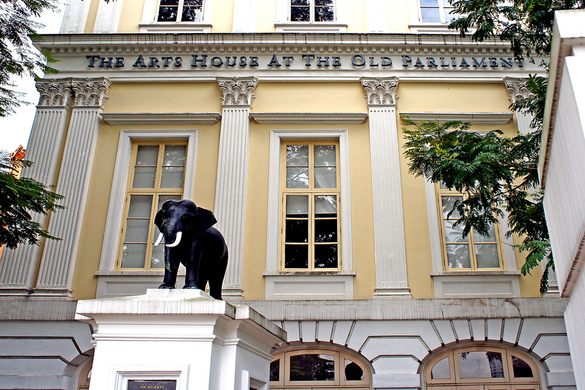

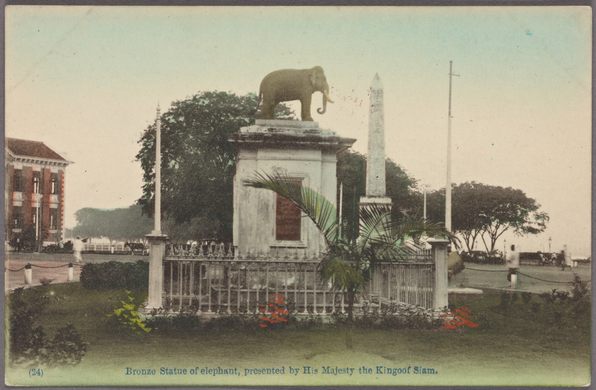
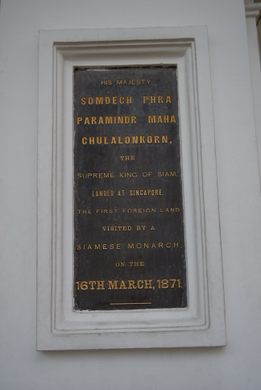

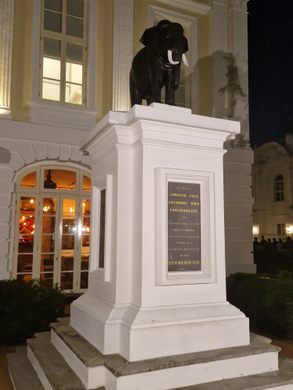






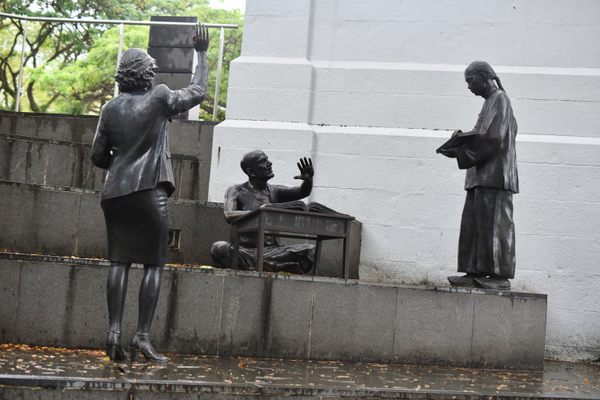

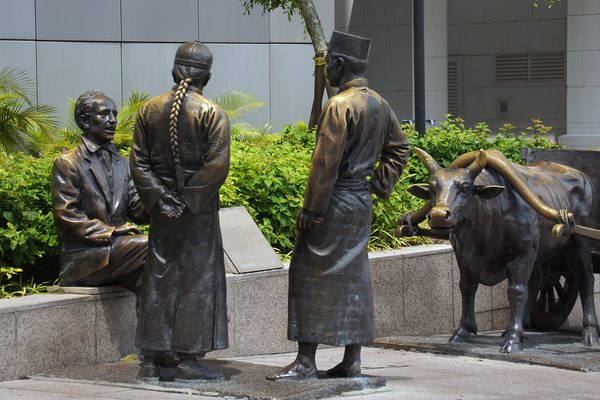
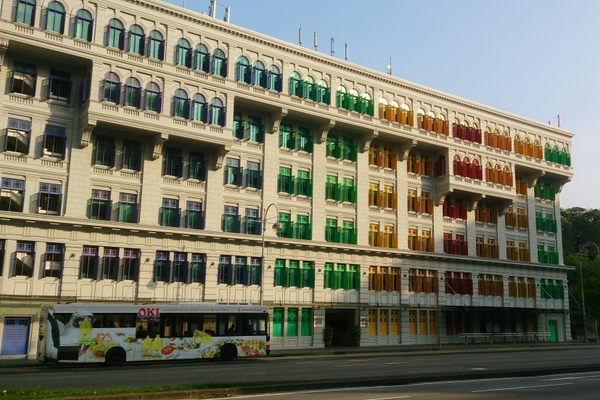
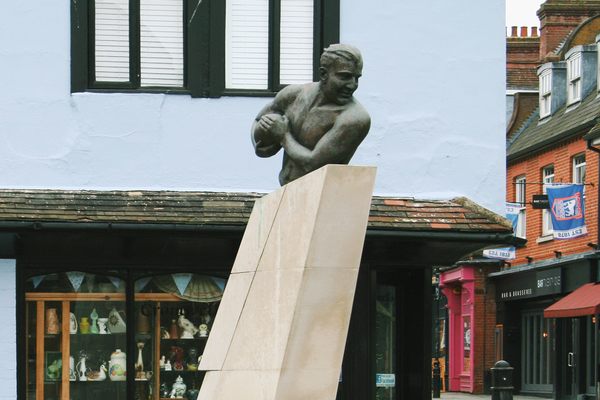
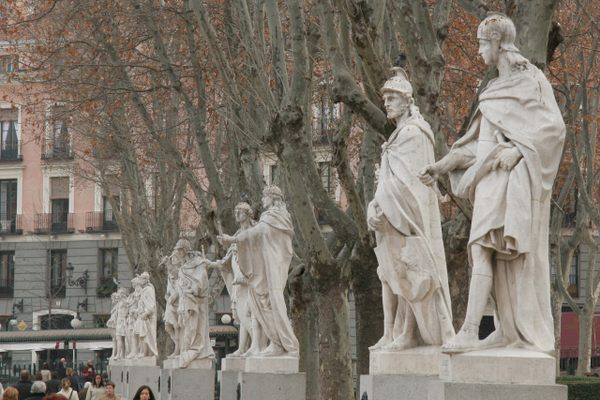
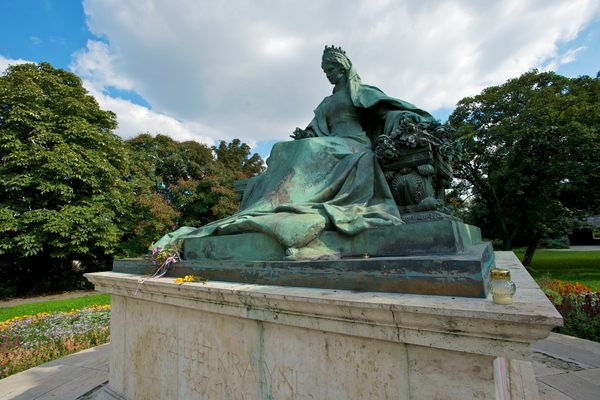

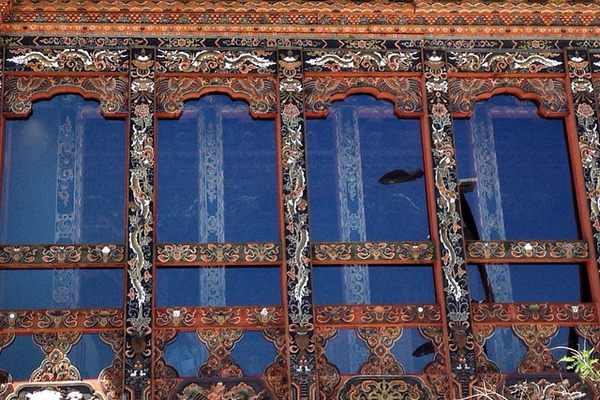

Follow us on Twitter to get the latest on the world's hidden wonders.
Like us on Facebook to get the latest on the world's hidden wonders.
Follow us on Twitter Like us on Facebook